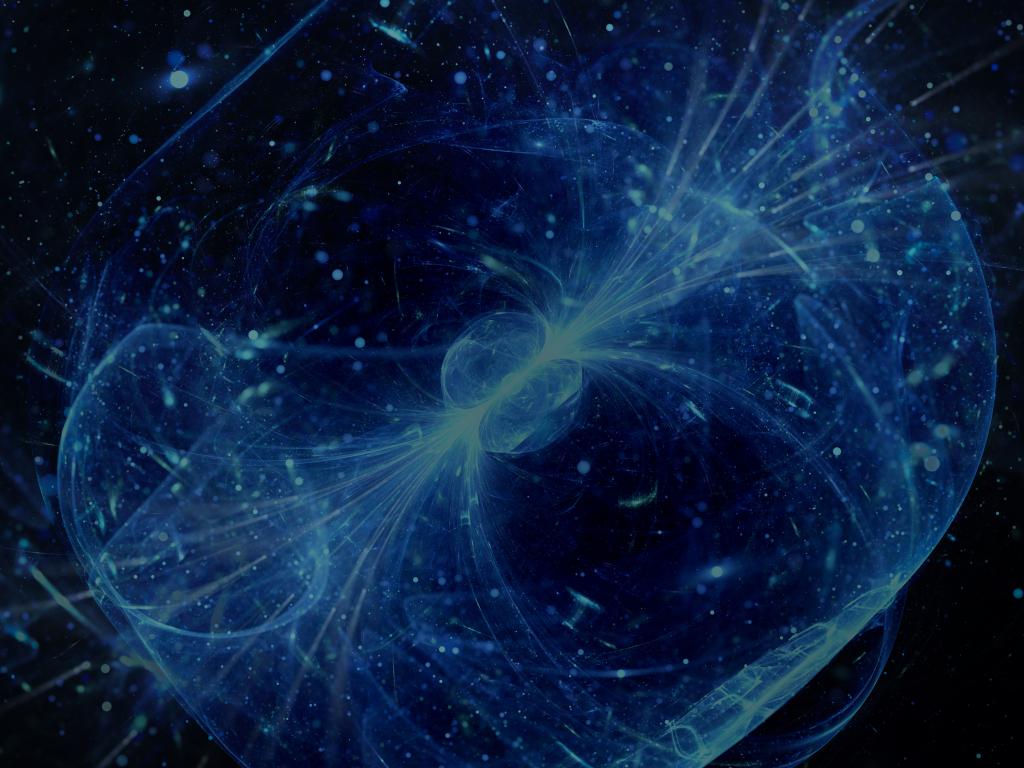Upcoming Events
CSER Webinar Series: Explore the Dynamic Atmosphere of Mars: From Surface to Space
Dec 4, 2025, 4:00 - 5:00 PM
Virtual

Join us for an exciting talk by Physics and Astronomy Associate Professor Erdal Yiğit, a leading expert in planetary and space sciences, as he unveils the complex and interconnected systems shaping Mars’s atmosphere—from the dusty surface all the way to the edge of space. Discover how gravity waves transport energy, momentum, and even water vapor upward, influencing ice cloud formation, dust storms, and the escape of hydrogen into space. Learn how space weather events like solar flares impact Mars from above, creating a dynamic balance between the planet’s lower and upper atmospheres.
This event offers a rare opportunity to hear directly from the scientist behind the first whole-atmosphere gravity wave model used to study both Earth and Mars. Whether you’re passionate about planetary science, space weather, or the mysteries of Mars, this talk will expand your view of what connects a planet’s surface to the cosmos.
REGISTER NOW
Abstract:
The Martian whole atmosphere system extends from the surface to the exobase (200-250 km). Mars's atmosphere is influenced from below by atmospheric gravity waves, also known as buoyancy waves, which play a crucial role in energy, momentum, and mass transport. The primary sources of gravity waves are in the lower atmosphere (troposphere) and they propagate upward, growing in amplitude due to the exponentially decreasing background
atmospheric density. Gravity waves modify the large-scale circulation on Mars and contribute substantially to the upward transport of water vapor. At higher altitudes, hydrogen, produced by the dissociation of water vapor, can escape to space and gravity waves not only enhance the upward transport of water but they also intensify Jean’s escape. Space weather related processes (e.g., solar flares) impact Mars from above, depositing energy into the thermosphere. This talk will present recent developments in long-range vertical coupling in Mars’s atmosphere, concentrating on ice cloud formations, gravity waves, dust storms, atmospheric escape, and space weather.
Bio:
Erdal Yiğit received his Ph.D. from the University College London, UK, in 2009 in physics. In March 2009, he joined the University of Michigan's Atmospheric Oceanic and Space Sciences Laboratory as a Postdoctoral Researcher. In 2012, he moved to California for another Postdoctoral position at UC Berkeley's Space Sciences Laboratory, where he has later been promoted to an Assistant Research Physicist position that he kept till August 2013. In September 2013, he joined George Mason University's Physics and Astronomy Department as a tenure-track faculty member. He has been granted tenure in 2018 and full professorship in August 2024. His research interests cover topics from atmospheric, space and planetary sciences, in particular, global modeling of and internal wave effects in planetary atmospheres, such as, Earth and Mars. He is the developer of the first whole atmosphere gravity wave parameterization suitable for general circulation models of planetary atmospheres. He is the recipient of the 2016 Zeldovich Medal jointly presented by COSPAR and the Russian Academy of Sciences for his significant contributions to the study of coupling between the lower and upper atmospheres on Earth and Mars by gravity waves. He is the sole author of the Springer's two-volume monograph series on "Atmospheric and Space Sciences" one on Neutral atmospheres and the second on Ionospheres and Plasma Environments.
